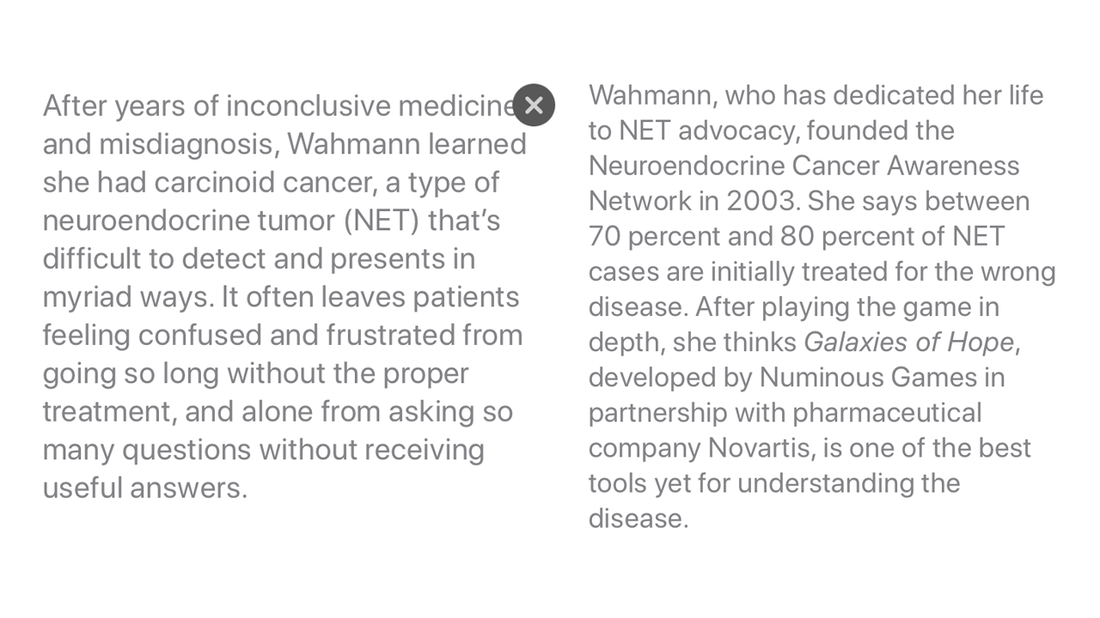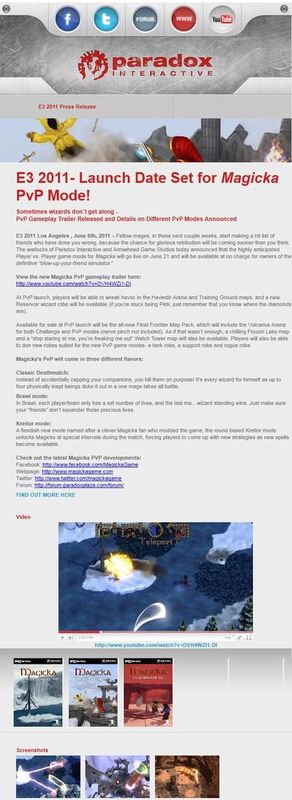There are a lot of blog posts online teaching indie developers “how to write proper press releases for their new games,” and they all provide different (and sometimes conflicting) information. It’s confusing.
So, for the past week, I’ve spent my afternoons taking notes on all the useful information within each one, reaching out to established game developers to get their advice on how to write killer game press releases, and talking with PR pros in both game development and outside marketing environments to gather the absolute best information possible on the subject.
This post combines all my findings.
By the end, you’ll never have to read another “how to write a press release” post again. Sound good?
Let’s start with the basics:
What is a press release?
A press release is a 1-to-2-page piece of writing that announces new and exciting projects you’ve been working on.
The purpose of the release is to inform journalists and media sources about your news so they can (hopefully) publish stories about your work. They’re usually written in the third person — in other words, they’re written as if a journalist is writing about your game when in reality it’s just your writing.
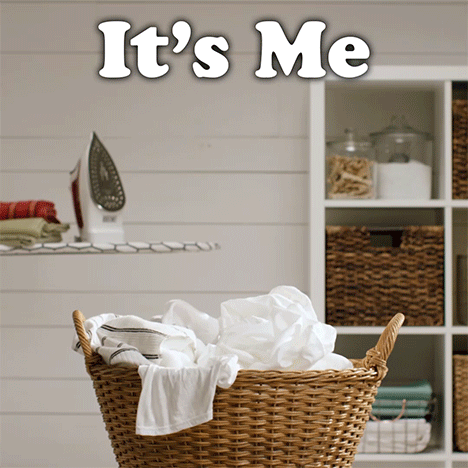
Press releases are usually distributed through distribution tools or PR firms — but as an indie developer, they’re mainly used to help journalists solidify a story about your news when you pitch them over email. We’ll talk more pitching writers later, but for now, understand this:
Getting press is a great way to drive traffic to your new projects and can save you thousands of dollars in advertising costs if done right, so press releases are important!
When should you publish press releases?
Press releases are typically published when you announce:
- A new game
- Game-changing new features or technology
- Events
- Partnerships (or other business-related news, like investments or grants (thanks Unreal))
- New research
- Awards
- Or a resolution to a crisis (which hopefully isn’t your case)
…and that’s it for the basics. Now let’s cover the steps for writing your release.
Step 1: Find your angle
Here’s a brutal truth:
No one pays attention to news that isn’t new or interesting. This is especially true for journalists. So without an interesting “story angle” you can take when announcing your news, no one’s going to pay attention to yours either.
Gabby DaRienzo, creator of A Mortician’s Tale and co-founder of Laundry Bear, said it best:
Quote
“Because the market is incredibly saturated with indies, developers need to think about marketability right when they START prototyping their games,” Gabby told me. “If you can’t think of a unique selling point that makes your game good and unique in comparison to other games, your PR efforts aren’t going to perform well.”
How do you find that “unique selling point,” you ask?
Lewis Denby, creator of the indie dev PR firm Game If You Are (this firm is great for indie devs — check it out!), recommends observing your original motivations for creating your game:
Quote“Indie game developers are often driven by passion, so in many ways, it’s all about looking inwards and asking yourself why you were so keen to make this game,” Lewis told me. “What was missing from the video games market that you wanted to rectify? That’s the core of your unique selling point.”
A great example of a USP (unique selling point) comes from Numinous Games, creator of Galaxies of Hope, who developed their game to help neuroendocrine tumor patients understand their diagnoses:
Taken from an Apple App Store article written about Wahmann’s game.
The combination of Numinous Game’s inspiration for creating the game (to help neuroendocrine tumor patients) along with their unique selling point (a game that teaches people about neuroendocrine tumors) makes for a killer story any games journalists would be happy to cover. THAT’s your goal.
* * *
After you’ve found your angle, it’s time to start the boring s**t.
Step 2: Write your headline and subheadline.
A good headline serves two purposes:
- It shows the reader what’s being announced immediately, clearly, and concisely…
- …and it entices the reader to read the subheadline or first paragraph.
A simple formula to follow when writing headlines is “[x] does [y],” like in the following releases:
- SkyBox Labs Brings Bedrock Version of Minecraft to Nintendo Switch
- Slitherine is nominated as Economic Disruptor of the Year
- Keywords Studios acquires Snowed In Studios
- Bandai Namco Amusement Lab Inc. established for VR arcade development
- Aaron Marsden writes captivating article about indie game press releases (in his humble opinion)
Don’t bury any information here, but don’t make it too boring either. No one wants to read a press release titled “Game Studio releases New Game.” Strike a balance between conciseness and charm and your headline will do just fine.
Tip: Great headlines are always written under 18 words.
Subheadline
The purpose of your subheadline is to expand on the headline if it’s not enough to fully capture your reader’s attention. It serves as an extra “attention grabber” that boosts your readers into the heart of your release.
In Numinous Games’ case, the headline and subheadline of their press release could look something like:
Headline: “Numinous Games releases Galaxies of Hope for Neuroendocrine Cancer Sufferers”
Subheadline: “Game aims to help NET patients understand and cope with their diagnoses”
I’d read it.
Step 3: Write the first paragraph
The first paragraph is the most important part of your press release. Although the headline/subheadline captures your reader’s attention, the first paragraph is what locks them into the piece and keeps them there for the rest of the way.
Your first paragraph should answer the all-important “5 W’s”: who, what, when, where, and why.
- Who’s the press release about? (This will be your company)
- What’s happening? (This will be your announcement)
- When will it happen? (The date of your announcement)
- Where is it happening? (ex. What platforms is your game releasing on, where is your event occurring, etc.)
- Why is it important?
Coschedule, a marketing application, provides this useful template in their blog post for writing effective first paragraphs:
[WHO: COMPANY] today announced it will [WHAT] at [WHERE] on [WHEN]. The [EVENT/ANNOUNCEMENT] will provide [BENEFIT] for [AUDIENCE].
Here’s a great example from E-Home Entertainment, the developer of a new game, Gene Rain:

Ignore the grammatical errors in the second sentence for now.
I’ll say it again: be sure you’re providing the most important information up-front. No burying.
(also, stay away from cliches — everyone has “the best game” or “the most exciting gameplay.”)
Step 4: The second paragraph
The purpose of the second paragraph is to elaborate more on your game and why it’s important to you and to your players. A great way to do this is with a personal quote.
As an indie dev, personal quotes allow you to dive deeper into your USP— what compelled you to create your game in the first place? What problem does it solve and how do you hope it helps your players? That’s the information your quote should contain.
Quote
In the App Store article I referenced earlier, Amy Green of Numinous Games provides a great quote where she talks about the game’s purpose of sharing stories from other tumor patients:
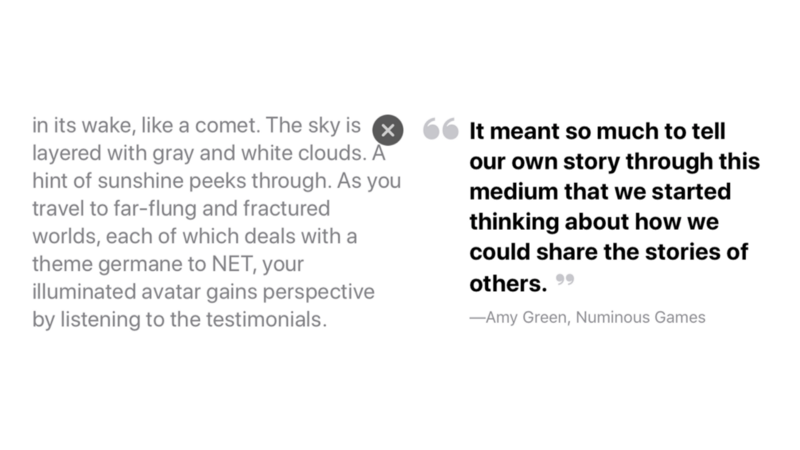
Notice how Amy’s quote fits perfectly into the context of her game’s story — this is exactly how you should format yours. Your goal is to make it as easy as possible for journalists to write stories about you, and allowing them to grab a relevant quote straight from your press release without an interview is a great way to do that.
Note: In your actual press release, your quote should be a bit longer than Amy’s and should be written in third person. I don’t have the original press release for their game, but if I were to guess, the quote was written something like: “Our goal with Galaxies of Hope was not only to share Maryann’s personal story with NET, but also to help other patients,” said Amy Green of Numinous Games. “It meant so much to tell our own story through this medium that we started thinking about how we could share the stories of others.”
Step 5: The third paragraph
(Don’t worry, we’re almost done.)
The third paragraph completes your story. This is usually where you’ll write about the nitty-gritty details of your game:
Quote
When writing your third paragraph, ask yourself: “What’s interesting about my game from a player’s perspective? What makes it enjoyable? What could I say to get potential players excited?”
That’s what you should describe here.
I really love Magicka’s third (and fourth) paragraphs in their press release for their PvP mode. Notice how they’ve divulged just enough information to excite their players on the new mode:

(Their tone is killer, too.)
Step 6 (Optional): Key, bulleted features
If your game has some interesting features that wouldn’t fit into your above paragraphs but still deserve a spot in the press, a common practice is to list them near the bottom of your release.
Here’s another example from Magicka:
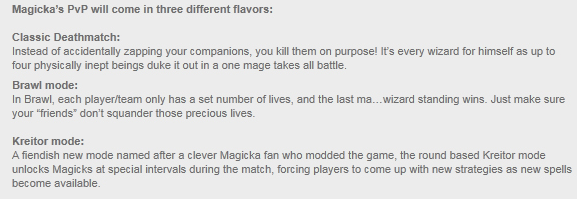
Just be sure not to go overboard — only include things you think your players (or journalists) would find value from.
Step 7 (Optional): Technical details.
If your game is resource-heavy, it’s a good idea to throw your system requirements here.
Step 8: Call to action
By now, your potential players have read your release and are pumped to jump into your game.
Now they just need to know where to play it.
A CTA (call to action) is a short action statement at the bottom of your release that drives traffic to your Steam page or website. Think of it as the “final push” your readers need to take action on your announcement.
The key here is to make your CTA actionable. A simple link to your page or a “click here to buy” isn’t enough — you must make it enticing. If you were releasing a VR war game, for instance, you could write something like:
Quote“It’s time to arm up and immerse yourself in the battle. Purchase [game title] on Steam for 20% off until [promotion end].”
Tip: If your Steam store page is super long, consider using a bit.ly link to shorten it up.
Step 9: Link to your press kit.
If you aren’t already aware, a press kit is:
Quote
Press kits make it super easy for journalists to grab videos and gifs of your game to use in their articles.
Quote“
Keep things simple and to the point, don’t ask things of people (and absolutely never make demands), and make sure you supply easily accessible media.” — RedVonix , creator of A Purrtato Tail
2
I highly suggest checking out the Mortician’s Tale kit on Laundry Bear’s website if you’re making your kit for the first time. It has pretty much everything an effective kit needs, so feel free to copy its base elements.
(Thanks again Gabby!)
Step 10: Contact information.
If a journalist were to reach out to you for more information, where would you send them? It’s usually formatted like so:
- Name
- Company Name
- Phone Number
This information can go both at the top of the page, as well as near the bottom like on this release (we’ll format this in a second).
Step 11: Add the final touches
Almost done. Now you just need to add some extra information to make your press release an actual press release:
- A “FOR IMMEDIATE RELEASE” tag with the date of your release. This will go to the right of your contact information.
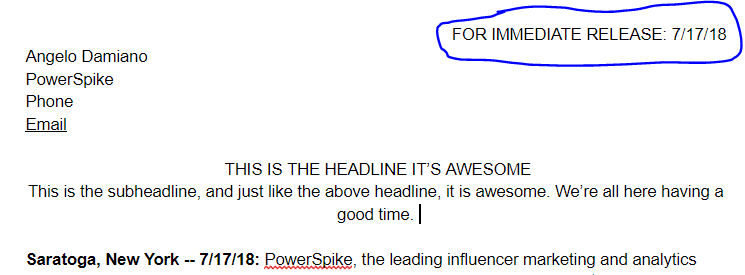
- City, state, and location information. This will go directly before your first paragraph.

- An image, video, or gif showing off your game. This can go directly above or after your headline and subheadline.
And BOOM — you‘re done!
At the end of the process, your release should look something like this:
Although Magicka’s release is really good, there are a few things I’d change about it:
- There’s no “FOR IMMEDIATE RELEASE.” This may confuse journalists.
- There’s no quote from the developers. This makes it feel impersonal.
- Their CTA is pretty bad (“Find out more here”).
…but other than that, it’s a great reference point you can use when writing your own release.
Extras
When should you post your release?
Sometimes the timing of your release is as simple as “whenever your game is ready.” But other times, especially in Tim Ruswick’s case, putting thought into the timing of your release can be crucial to its success:
Quote“
One of the most overlooked things for getting journalists and consumers to pay attention to your game is not what you say, but WHEN you say it,” Tim told me. “I’m working on a game called Philophobia: The Fear of Love . It’s a game where love is literal Hell, born out of a breakup, where all of the enemies are demonic hearts. There are plenty of things I could say to sell the game to gamers and press…but WHEN I said it was very important. I got 150,000 + people to see my game by posting about it on Valentines day. Because it’s timely, and it’s relevant to what journalists are looking to cover right then.”
2
Keep this in mind with context to your game.
Where should you send your release?
Most companies simply post their press releases on their website, announce it on social media, put it through a PR distributor like PRNewswire, and wait for journalists to pick it up. But that won’t work for indie devs.
When you’re starting out you don’t have enough of a media presence to simply post your press release, and on a tight budget, paying big bucks for PR tools isn’t viable. That means you’ll have to manually send your release to journalists.
So before you post your press release, go on some of the popular gaming news sites like Kotaku, Polygon, or PC Gamer and gather a list of journalists (and their emails) who’ve written about games similar to yours. Then, once you’re ready to release, send them an email with a pitch for your story.
I just made that process sound way more simple than it actually is, so I recommend using this guide for reaching out to journalists.
* * *
That’s it!
By now, you should have enough information to write effective press releases without having to read another “how to write a press release” post.
But here’s the thing:
Getting press is only one way to market your game, and by no means is it the end-all-be-all. Continuing your marketing efforts is crucial to your success.
That’s why I put together a complete guide on how you can promote your game with Twitch influencers — it covers everything from finding the right influencers, to reaching out, to setting up deals, to verifying content, and much more. You can read that here.
Note: This post was originally posted on the author's Medium blog, and is reproduced here with kind permission. Aaron recommends PowerSpike's Game Marketing Advice Newsletter, sent every Monday.
